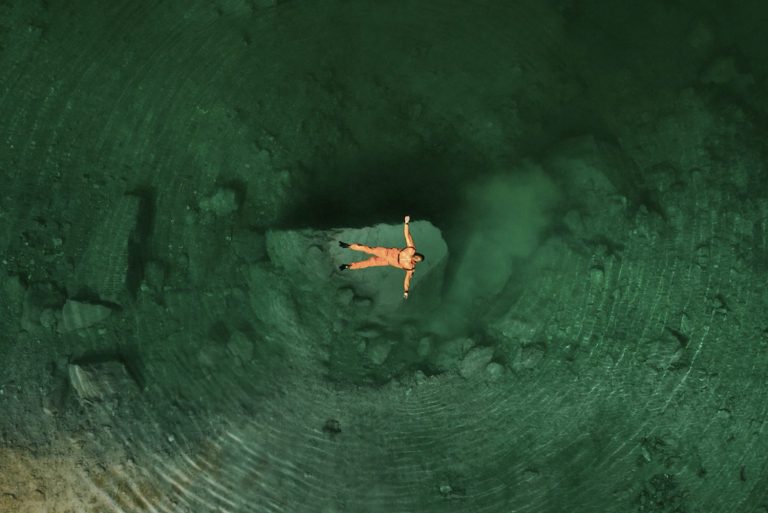
Welcome back to the ESC exhibition! We’re ecstatic to unveil wave 2031 AW, a culmination of the ESC challenge ( → ), where artists globally have come together to probe the future, especially the intricate relationship between nature and technology. This year’s exhibition, in partnership with 0→1 & amazing Daniela Grabosch from the YYYYMMDD, is a deep dive into contemporary perceptions of what lies ahead. We’re honored to have 284 creative minds join us this time, and we’re eager for you to experience the future through their eyes.
0→1 continues to question the future landscape of human existence. We’re not just posing curatorial questions; we’re amplifying the voices of artists who raise urgent issues that need to be addressed. Topics range from the sustainability crisis and technological advancements to societal systems and the human psyche.
Here are some of the artist’s questions that resonated with us the most: How can we organize the chaos in the world if we can’t even organize the chaos in our minds? Are we being controlled to the point where we don’t even realize it? Will the environment become so polluted that Earth will be uninhabitable? If there’s no monetary gain, would humanity become more humane? How many of our decisions are based on fear? Can the digital world ever replace nature? Are humans materialistic by nature? Can we find meaning in life through capitalistic logic?
0→1 is always online, and we’re continually working to shape a better future together.
Thank you for being part of this journey with us!
Enjoy the exhibition!
The practice of Copenhagen-based (Denmark) artist Berit Dröse revolves around visualizing spaces that point to other dimensions. She is interested in investigating the bridge between mental and physical reality as well as how we perceive reality. Working in different media and materials, Berit Dröse integrates the exhibition space so that the viewer will experience a sensuous, audio-visual universe that weaves the fabric of time, memories, and imagination.
Is it possible to produce something that is invisible and not immediately physically present? Is a dream present, even if it takes place in one’s subconscious?
In her work Dark Energy, you see a body floating in a black undefined space where gravity is shifted. The film creates a mood of dizziness and breathlessness. The body slowly ever-rotates into a void where time and space are dissolved. In astronomy, Dark energy is described as an unknown form of energy that expands the universe.
Dröse’s Dark Energy, which is also an abstract self-portrait, creates a feeling of inability to get a hold of something, floating in between worlds. Trying to escape from reality and suddenly finding yourself in limbo.
Maya Masuda, a London & Tokyo-based artist, creates works from the perspective of care, questioning the patriarchal desire that determines the form of current technologies. Her site-specific work ‘Nyoro-bara-pichapicha machines’ explores the idea of ‘machines with care’. The idea was formed somewhere in between the environment, local community, and human hands.
After the advent of capitalism, the ‘machines’ (that once were unstable, improvised, and often transitory) turned into stable, perfected, isolated entities. Their circuits and hard exterior became more closed so that the users wouldn’t touch them, and uniform plastic covers were adopted to be suitable for mass production. Stability, eternity, closedness — considering those patriarchic features expected in machines overlap with the desire of human beings that created them. The artist aims to open a small crack to both by finding the alternative in the representation of machines.
During the process of making ‘Nyoro-bara-pichapicha machines’, the artist collected various materials (eg. branches, soil, and city waste — a broken piece of wall and clothes) walking around the city. By adopting city ruins and local organic material inside the machines, she attempts to embrace the practice of ‘repair’ into world-making. Also, as the work has organic substances inside the circuit, the work adopts the process of oxidation and corrosion inside the machine. Hereby, the work is put under the change of local climates, such as humidity and temperature, which leads the machine to be fluid, unstable, and constantly responding to the outer environment.
By exploring a fragile machine that corresponds with the environment and the community, she further speculates new possibilities of machines that coexist with the concept of care.
Visual and performance artist from Poland Maja Renn currently works and lives in Zürich, Switzerland. Her work interweaves movement with drawing and video with poetry. She is interested in symbiotic modes of coexistence, post-anthropocentric ethics, embodied dreaming, ‘tentacular thinking’, and response-ability occurring between species. Using minimalist interventions, convertible settings, and modular choreographies she creates visual narratives that playfully underline, shift, and erase boundaries — switch perspectives, and set up new entanglements.
Like Human is a video adaptation of a fragment from the book ‘Last Chance to See’ by Douglas Adams where the author relates his ventures to encounter various species on the verge of extinction. In the original text, the narrator describes his first meeting with a black mountain gorilla. The two observe each other from a distance, reach out toward each other and slowly come closer.
The video in Like Human is set about a decade in the future. The anthropocentric monolog from the book is re-written into an imaginary dialog between the man and the already extinct animal. The film fantasizes about how the two may perceive each other and imagines misleading assumptions they may be making. The slow transition from one to the other perspective exposes unexpected commons and blurry the boundary between the two species. The close encounter triggers an instant realization that regardless of the impossibility to understand one another, the existences of those two creatures have always and forever will leave traces on each other’s histories, inevitably and perpetually entangled.
Concept, text adaptation, camera, performance, and costumes: Maja Renn. Featuring: Alicia Aumüller (performance) and Magda Drozd (music). Produced by Aaron Fuchs and Schauspielhaus Zürich.
Lilia Li-Mi-Yan and Katherina Sadovsky, a duo of Russian artists, have been working together since 2016. Their diverse approach to art practice encompasses video, CGI, 3D, sculpture, photography, painting, installation, sound, and site-specific practices. In their projects, Li-Mi-Yan and Sadovsky explore questions of the future, ecology, the relationship between humans and nature, the possibilities of human interaction, and connection with other forms of existence.
‘What would happen if we had a new body created through interaction with new technologies, materials, and bacteria? Will we be eternal, and will we remain the same humans? We are concerned with the question, what will happen to the emotions of the new person, the post-human, the cyborg…? Will we be able to refuse to reproduce ourselves? Looking at the development of medicine and biotechnology, emotionally we are still in the capsule of our ancestors, who first killed for food and then for entertainment. Today humans are still hunters and gatherers.’
Artists Li-Mi-Yan and Sadovsky critically analyze these issues, inconveniently intruding into nature with digital images on polymer materials, comparing this art gesture with the attitude of humanity towards non-human agents and the biosphere in general.
With the help of CGI graphics and 3D, the characters in the A000000000001000AA011 video are equipped with special implants and an additional organ system that allows them to survive in the modern world where many environmental disasters have occurred. Powerful CO2 emissions into the atmosphere have led to global warming. Forced to adapt to modern conditions, Viruses have destroyed an ordinary biological body. 3D organs move and pulsate with humans, responding to their emotional and physical state. The advances in technology and biotechnology have allowed the posthuman to survive in the most difficult conditions, reanimate the dead body and grow food with the help of innovative 3D printers and incubators. The posthuman also possesses new systems of perception and feeling. Brain mapping and emulation capabilities allow new humans to live eternally in digital reality as a neural network or have an augmented biological body that artists create them using CGI.
The characters in the video no longer speak ordinary human language. Their bodies have evolved, and so have their speech organs. In collaboration with sound artists, Li-Mi-Yan and Sadovsky created a new sound with which the characters speak to us in the video. It’s noise, robotic language, ultrasound.
A multidisciplinary artist from Ferrara (Italy) Marco Calzolari focuses his practice on the exploration of human consciousness. Through the establishment of processes, experiences, and installations, he invites the audience to listen, reflect, and introspect. In particular, Calzolari is interested in the concept of ‘self’, regarded as the individual unit, which dwells in the human body and interacts with other selves through their bodily interfaces.
‘As species, our past and current models of consumption of natural resources are unsustainable and we’ve known this for quite some time now. Proceeding towards the future, I expect that what today may seem insignificant to most, tomorrow won’t.’ — Marco Calzolari
The installation SEVY: TCH invites visitors to interact with it, and in return, it feeds them with the results of their activity. Not only does it raise debate about the way viewers consume work, and its right to exist in such a form, but also about the relationship that they have with the environment outside the exhibition space.
Sevy is a real Sansevieria, one of the cheapest and most popular houseplants. It embodies the concept of domestication. This specimen lives inside an inflatable container at visitors’ disposal and also comes with a digital identity. As it happens for other domestic living beings, such as pets, for example, they have an Instagram profile and a dedicated webspace. Here users can monitor its condition, interact with the plant, and water it remotely.
Sevy is everybody’s plant: a collective experiment. We can nourish it, we can have it drowned, we can make it wither. We can also travel to watch it in real life, knowing that its survival also depends on our offline presence.
Visitors are sensed through the use of image recognition cameras; their number affects the amount of air in the plant container. Upon entrance, newcomers are informed about such dynamics, and the visual counter shows how many people are already inside. If the number of users exceeds the given limit, Sevy’s plastic lung starts to collapse and the plant irreversibly begins to suffocate. The counter switches to an infinite loop of notifications and displays the start of the suction process as well as the moment it happened. From now on, anyone who experiences Sevy will find themself in front of a relic in progress, which was collectively generated by us or by our precursors.
Sevy embodies nature, portraying the way we decide to live with it and within it, as a species, and yet it is just a common houseplant.
Explore the interactive artwork here →
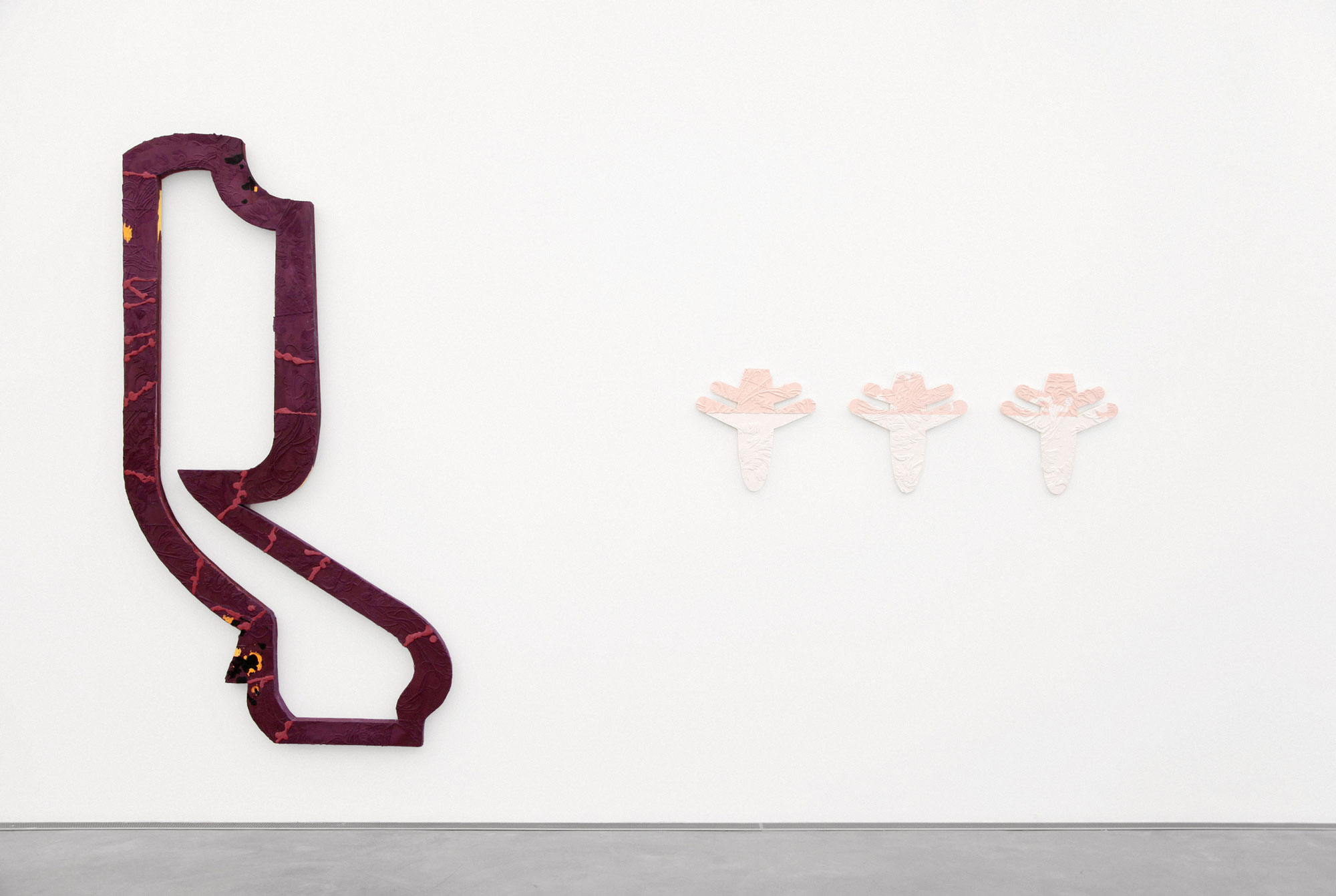
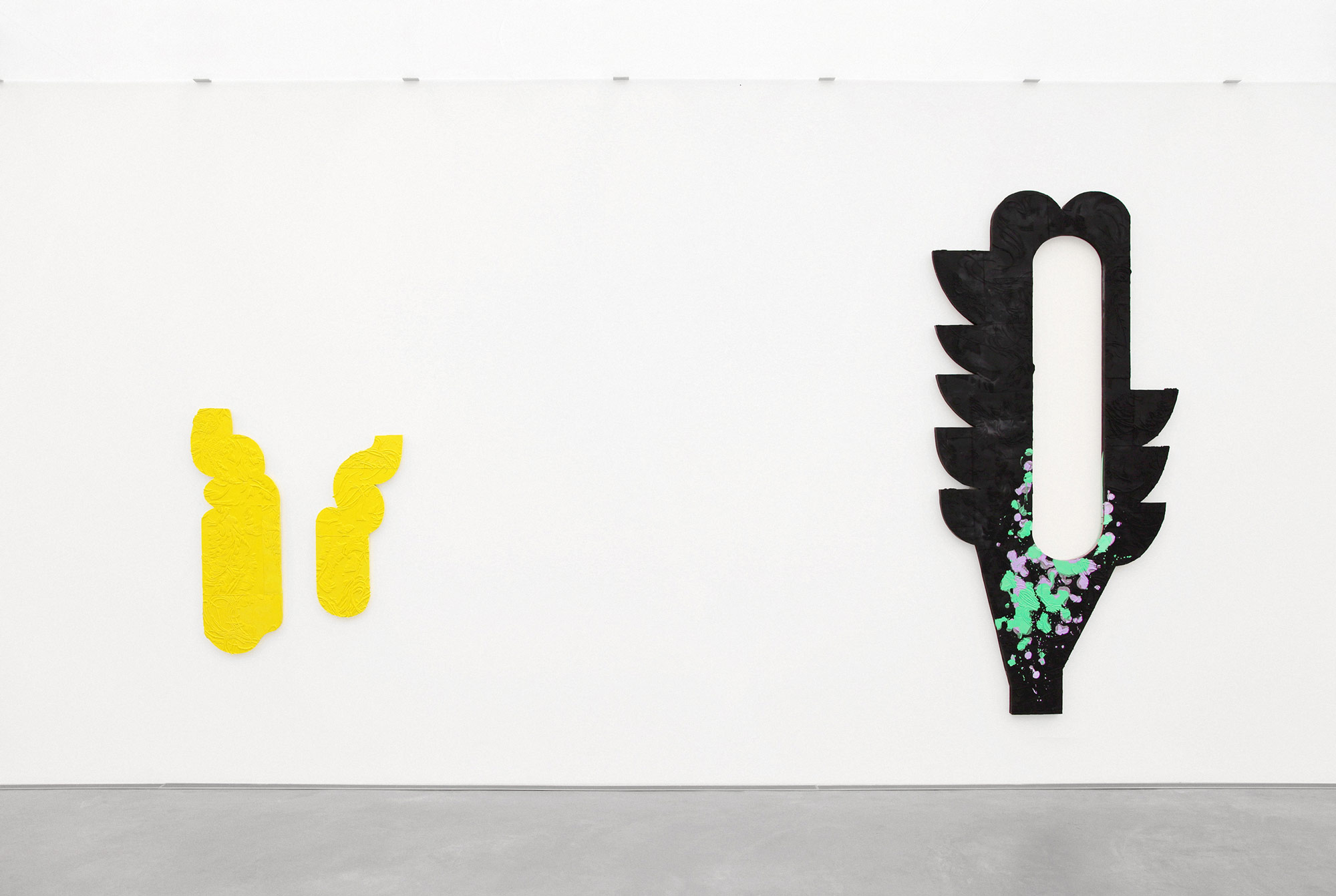
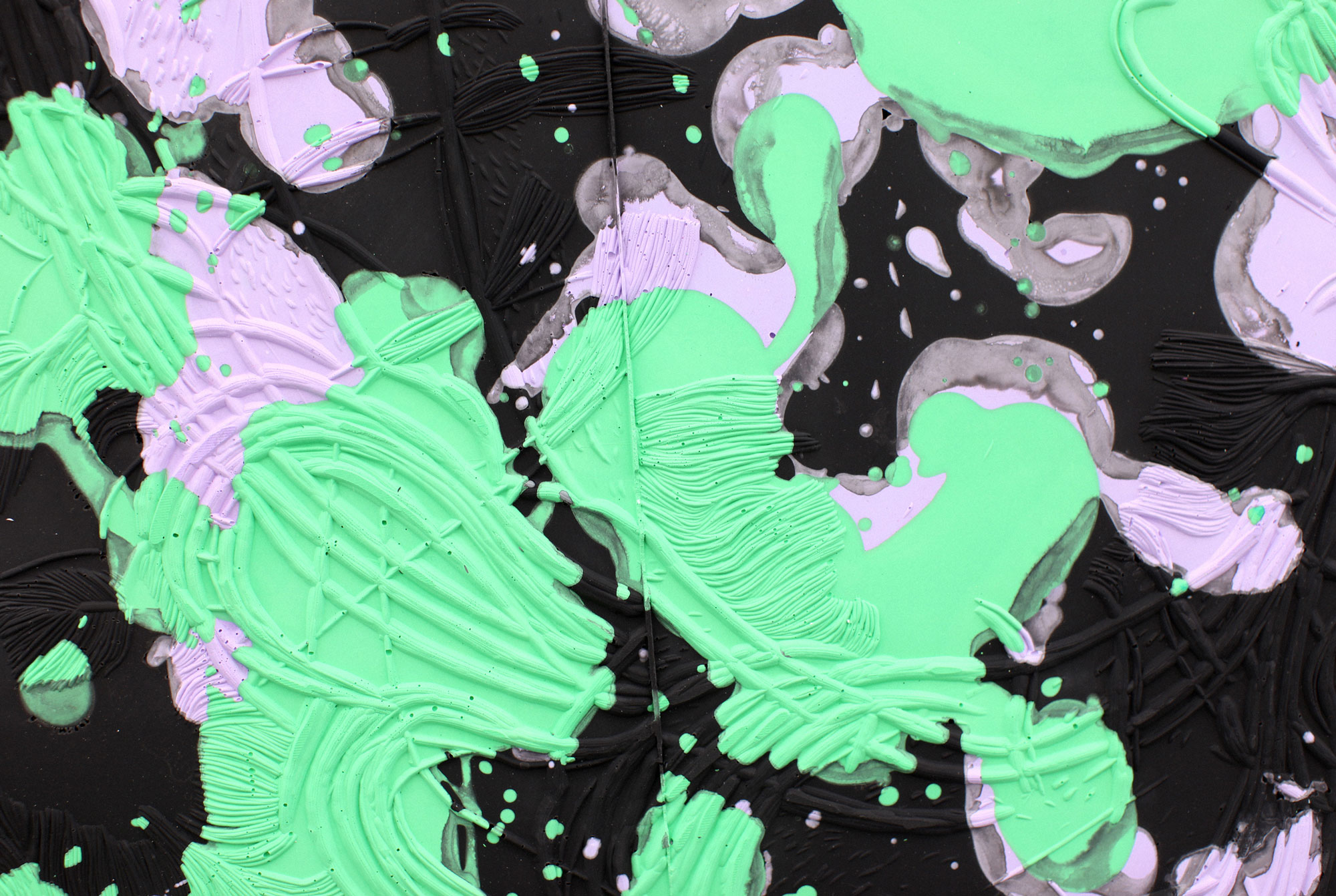
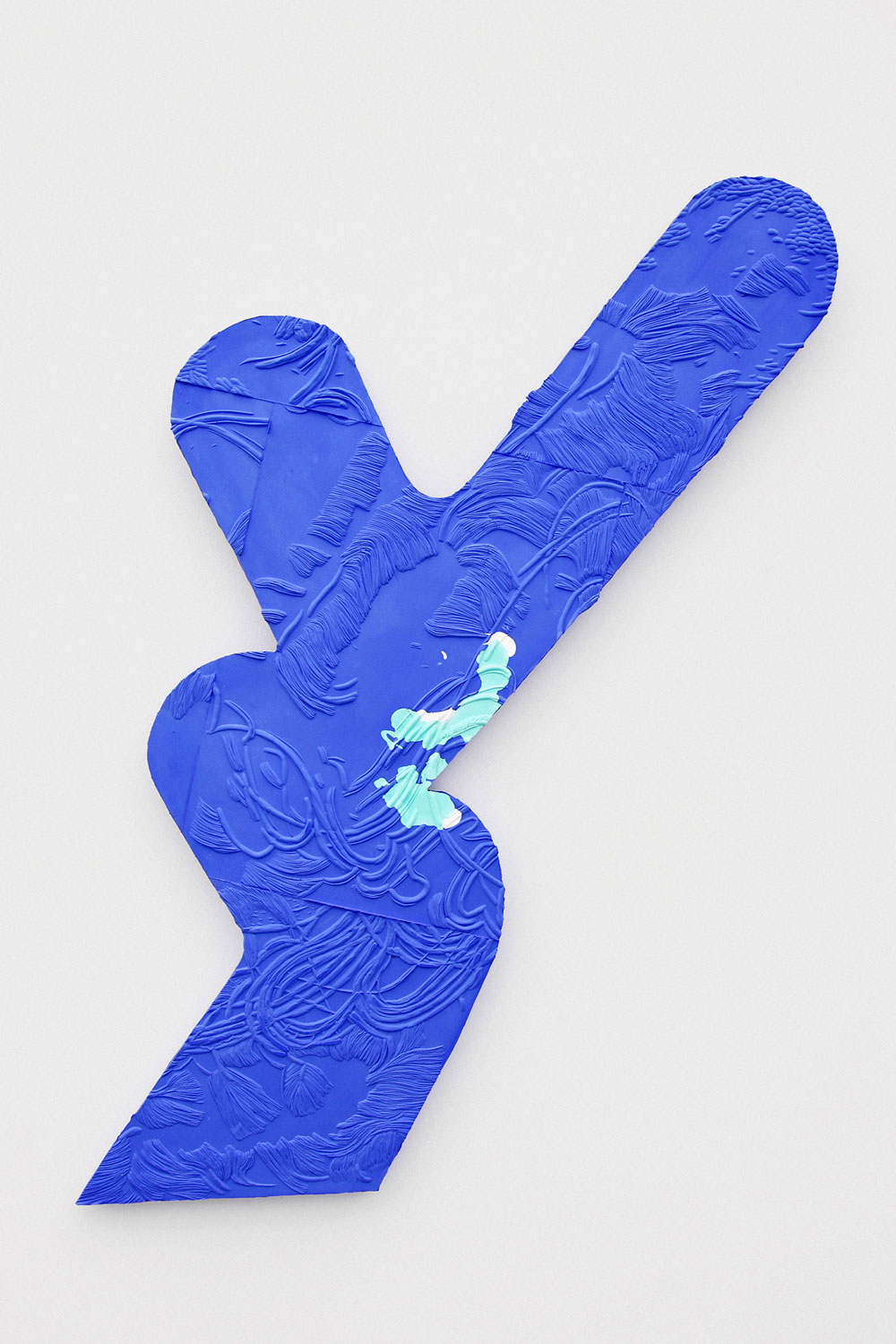
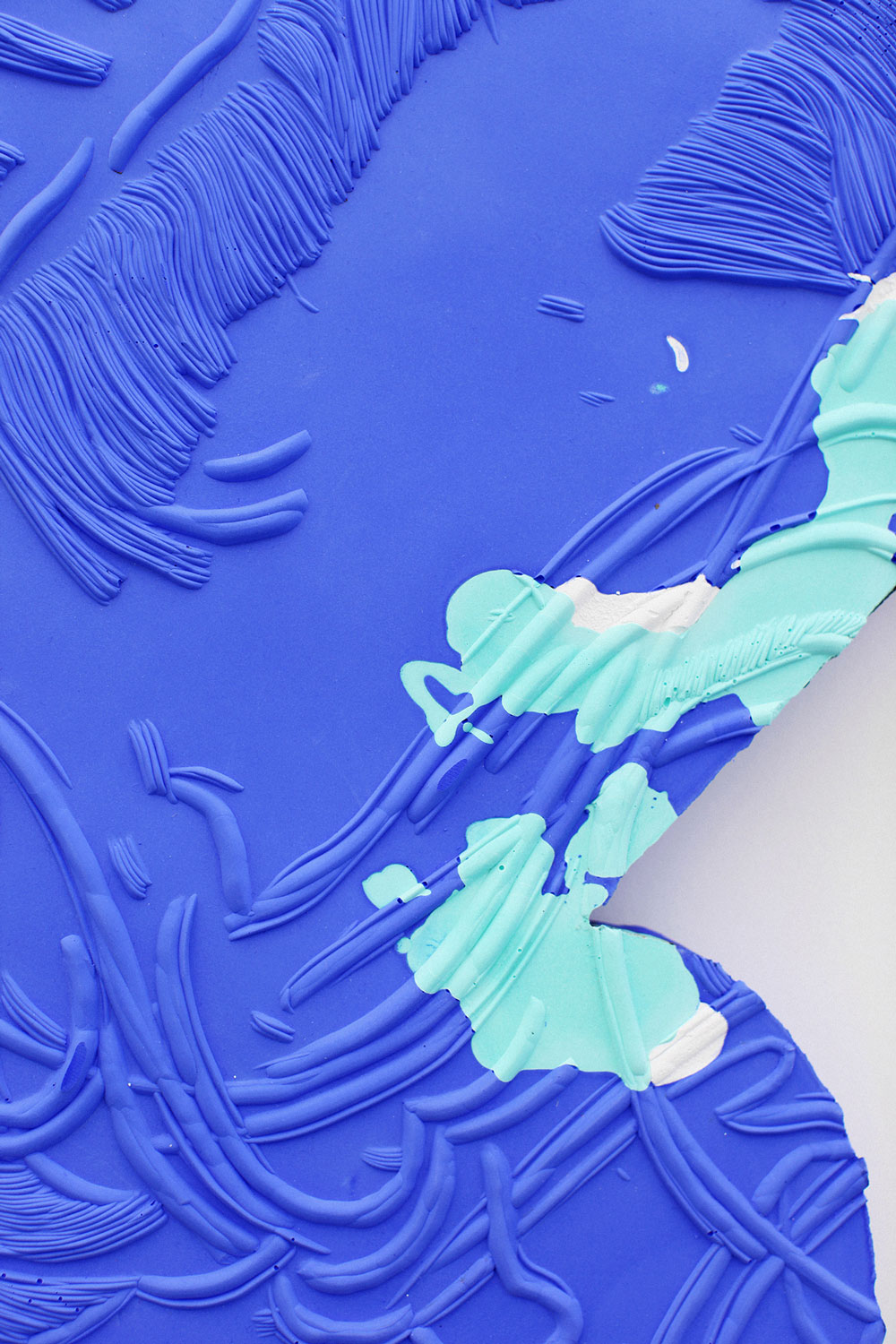
Swiss artist Bianca Barandun works in print, painting, and sculpture. Her practice is rooted in the observance of the formation of groups and social clustering. With the use of different media, she creates the visual suggestion of the complexities of society, illustrating the intricate and labyrinthine nature of human interaction with society. Her wall-based sculptures invite us to step back and consider the way in which societal convergence and organization take place.
‘Our memories can hold information that is deeply meaningful or nonsensical, simple or complex, and its capacity appears to be limitless. We can ask it to remember anything’ (Genova14). So to speak, we are able to create both consciously and unconsciously comforting memories to construct a place of sanctuary slowly shifting with us through time. Perpetually our memory processes information in order to preserve it over time. Thus, based on these memories we make sense of our surroundings, take action in the present, and imagine the future. For instance, studies by Shaw, a psychologist at University College London, reflect that memories are in flux and are repeatedly changed when being recalled.
When remembering a past experience, we never recall the original memory, but always activate the most recent version of our recollection. During this process, mistakes are bound to happen (Shaw).
The series ‘Morphing Memories and the Possible Future’ focuses on transforming memories and how they can be manipulated. How can we influence our intricate memory to create a mental safe space, which has the potential to glide into novel and optimistic future scenarios?
Bianca Barandun’s project investigates these reshaped memories, which substantially influence our identity:
‘I aim to visualize these transformations of memories on the basis of objects and sculptures from antiquity. Their form of language is universally known and deeply rooted in our collective memory. By transforming these historic objects, I want to show how their purpose and function as carriers of information start to alter.
Whilst working at the intersection of print and sculpture, I deliberately reuse different sections of the mold generated through printmaking techniques on multiple sculptures. Hence the embossings and debossing are recurring in several of the different works, underlining the idea of the shifting memories whilst keeping some of the stored recollections embedded in each work.’
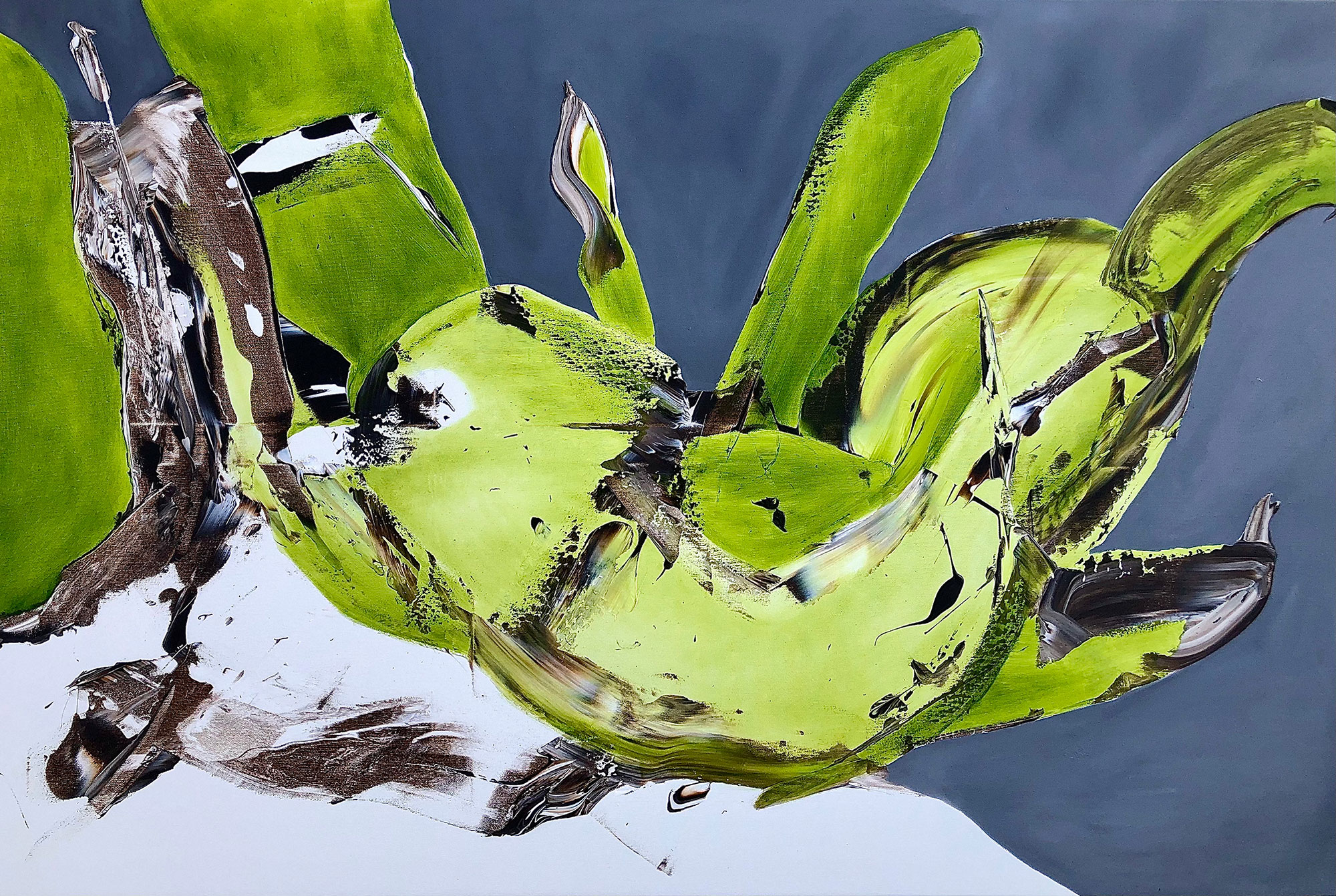
The work of Lithuanian artist Aurelija Werger is rooted in an inner contemplation and constant search for answers to the questions of human experience. How art can help to expand our often limited perception? As the outward is always just a manifestation of what is within, how can it raise awareness and help us turn inward? Werger sees nature as a very powerful transformative tool therefore her art tends to resemble different forms of nature. Working very intuitively and submerged in the process, she aims to reach the perfect union between the mind and the heart.
‘As I see the new research in quantum physics and evolutionary theory, I am sure that soon we will be entering new times. It is already proven that in reality time does not exist and there is a very high possibility that we are actually living in a simulation here. These new discoveries confuse even the scientist, not to mention the regular mind. As we progress in understanding we will experience that there is a way bigger intelligence there that goes way beyond the human mind. The connection between past, present, and future seems to lie in now.
While thinking of those topics in our world, full of friction, I am sure that nature will awaken us to the understanding that it is we who will decide how this Earth’s story will go on. We are already forced to open our eyes and actively start to look at our climate changes. We will become even more conscious that we create the reality in which we live through our thoughts and actions. It is all changeable, so we will be forced to reach higher levels of consciousness if we do not want to destroy ourselves in the end. I think we do not need to search for escape. We need to open ourselves up so that we can see better and choose the experiences we want to live out personally and collectively.
Our current health, economy, and behavioral challenges urge us to choose better this time. Choose cooperation instead of separation, choose peace instead of war and friction. The old ways of being are crumbling. There is no need for any measuring between each other or any kind of competition. These feel like behaviors of a child. Climate (nature) shows us that borders do not mean anything. So let nature awaken us… Let us grow up.’
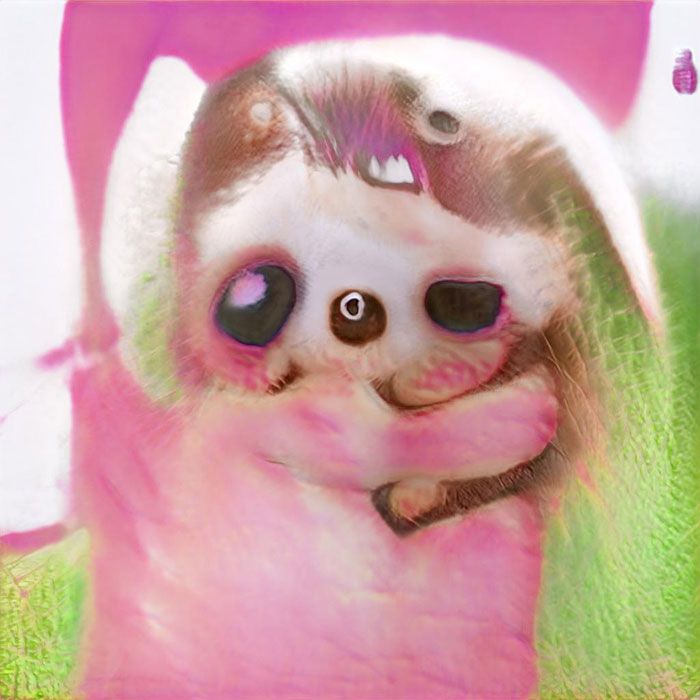
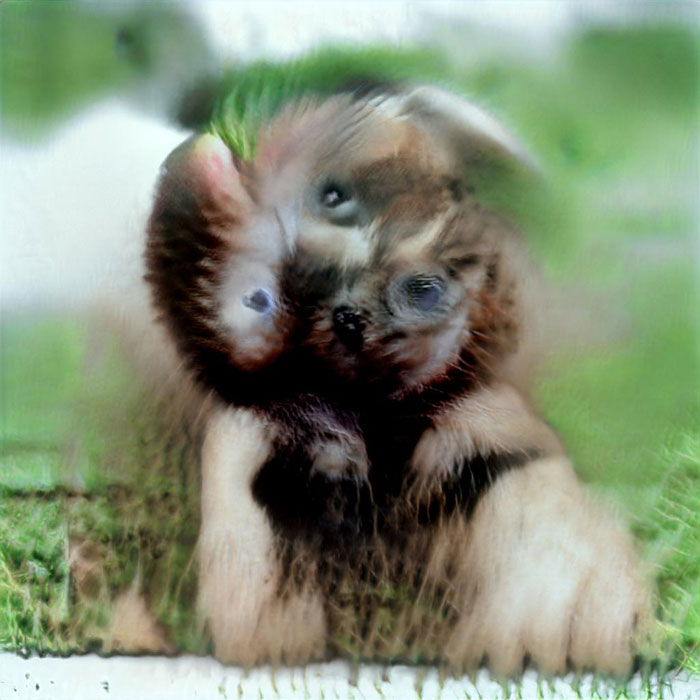
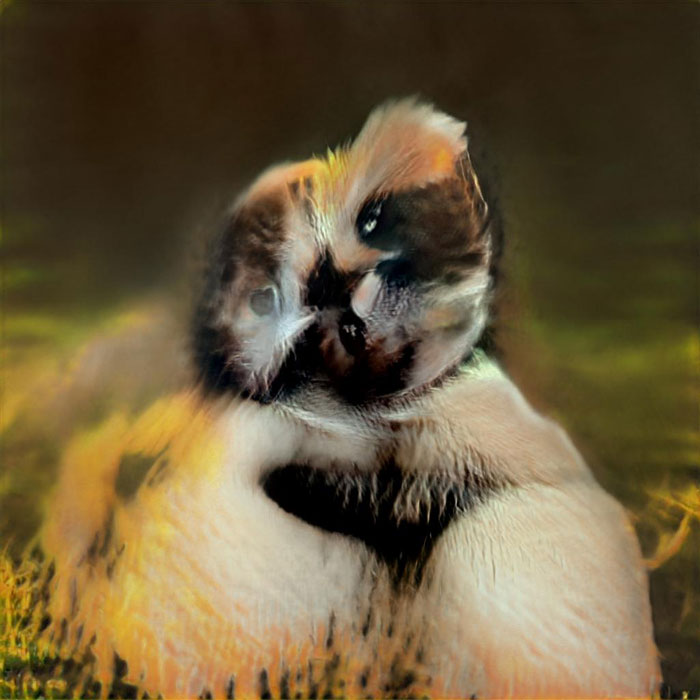
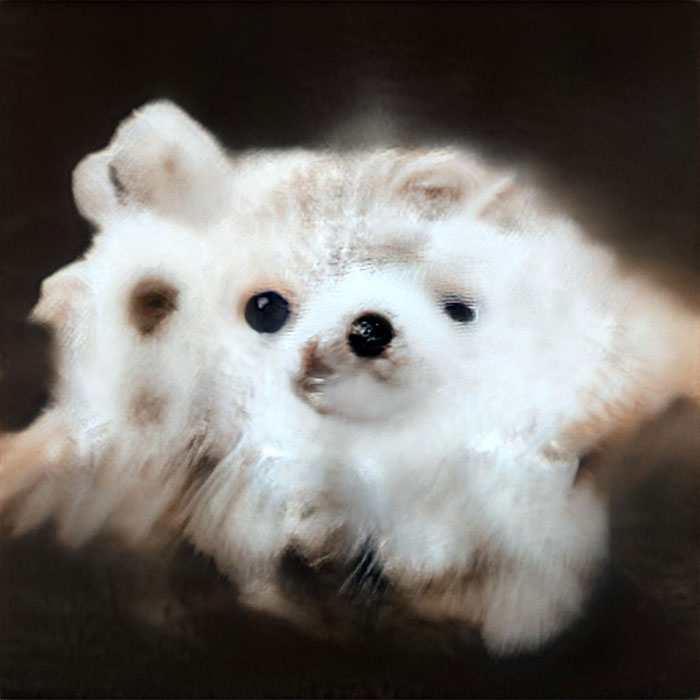
Juliusz Grabianski, the artist and independent curator based in London, works with and also researches new digital technologies. His art practice is filled with topics of post-capitalism, internet cultures, artificial intelligence, Web 3.0, urbanism, and queerness. In particular, the intersection of technology and cognition, as well as new ways of perception emerging under techno-capitalism intrigues the artist. And his work spans a variety of mediums, from CGI and immersive digital environments, to sound installations, moving images, and writing.
‘Synthesising Cuteness’ is the result of training an AI on over four hundred images collected from Google after typing in the keyword ‘cute’. The images, generated by styleGAN, combine common traits found in top-search cute imagery, resulting in an amalgamation of uncannily familiar features borrowed from the animal world.
For example, puppy eyes and occasional patches of soft fur float in what looks like a microbial soup observed under a microscope. What can we learn about our relationship with cuteness from the analysis of its chemical structure?
‘My interest in the ‘cute’ stems from its hypnotic effects — the sight of cute animals triggers a dopamine reaction in the brain; what is cute is also addictive. This evolutionary tactic provides us with a perfect capitalist tool for enhancing consumption and profit. Just like our every move online is dictated by algorithmic probability, cuteness also increases the chances of survival and prosperity. The cute is where nature and technology collide.’
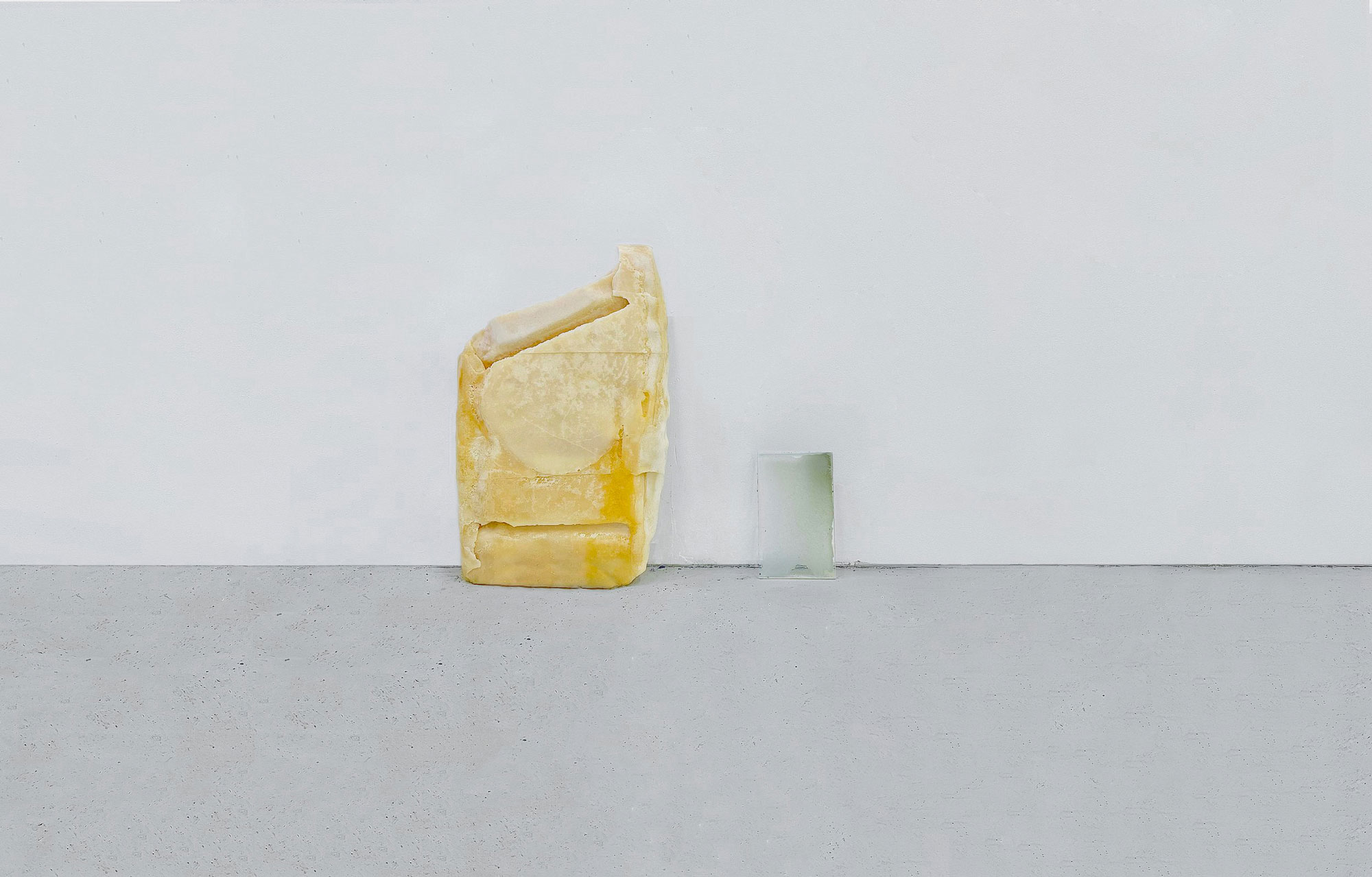
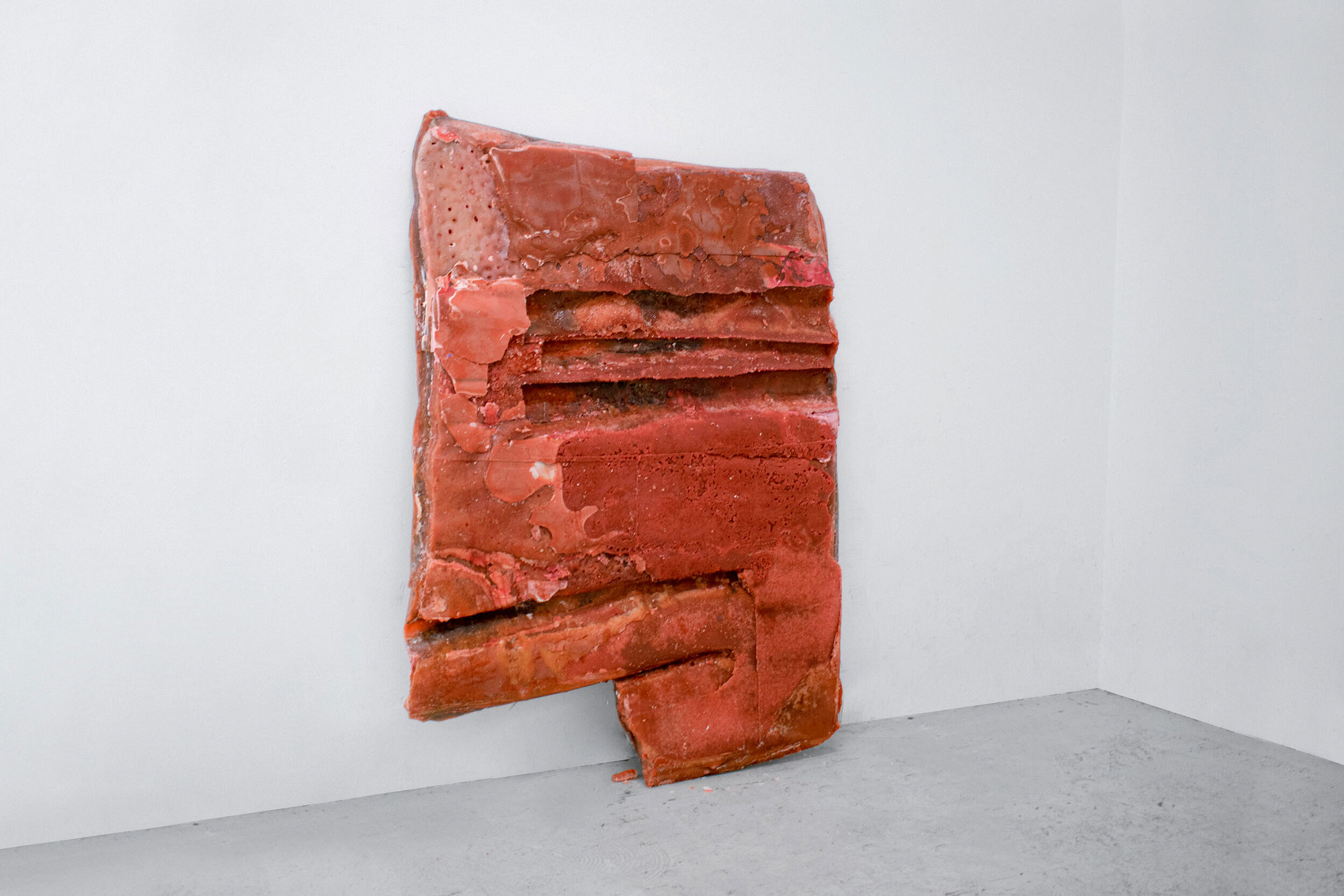
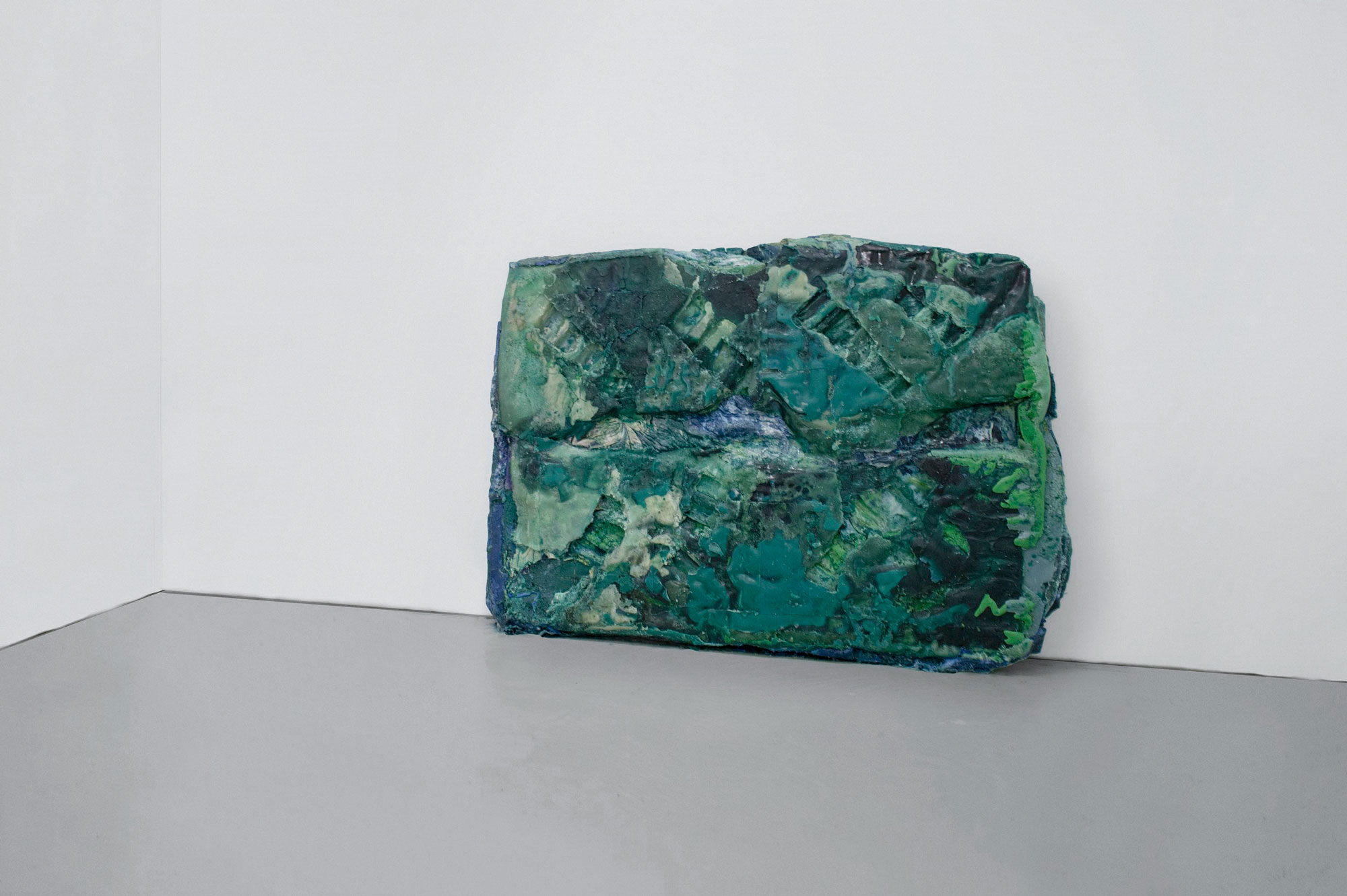
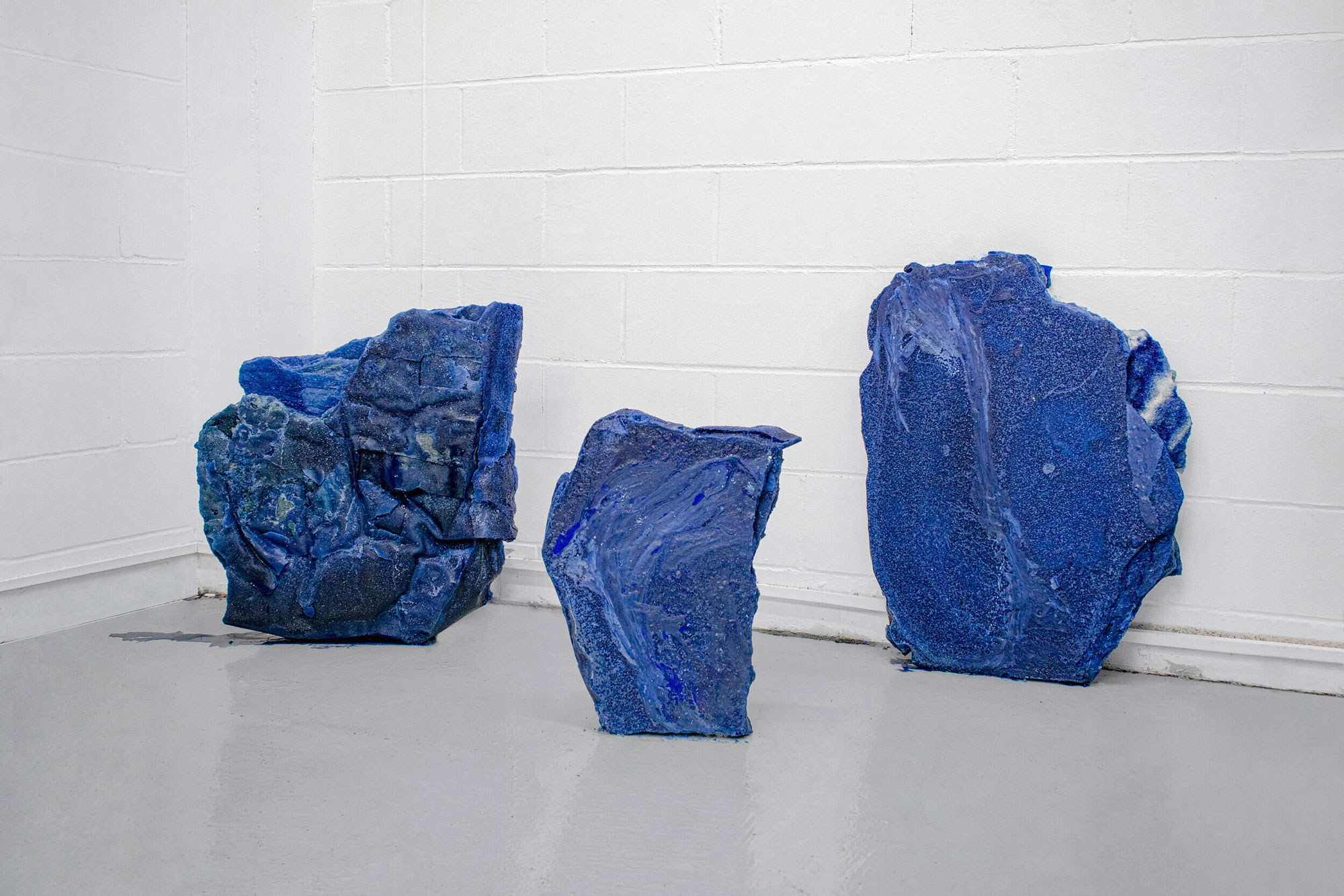
The artist from Germany Silke Weissbach lives and works in London, United Kingdom. Mainly in her work, she investigates correlations and interdependencies in the constitution of organic and inorganic materials. Based on alchemistic processes, Weissbach questions their consistency and reinterprets their states of matter.
‘I think the quality lies in the ways we are entangled with our environment — historically, politically, scientifically, magically, poetically, individually. A world that becomes meaningful through experience: textures, matters, and sensory states. Materials become a type of language — revealing identities and deciphering myths. Material versus spiritual, matter versus form, hardware versus software.
Surfaces go deeper than we think — cracks, scars, and folds reflect our past and hold information about our biological origins — spaces of contradiction, empowerment, and constraint. I am interested in carving out these forms of tension, power, and counterbalance: subtle ingredients against heavy chemical reactions, bone-like structures against flesh-like tissue, and pale colors against heavy gestures. Machismo against marianismo.’
In the sculpture series titled Correspondence, Silke Weissbach uses industrial sugar, processed towards the stage of Hard Crack. Which is a transition state in the caramelization process of sugar where the solution reaches its lowest point of water, exactly 0,01%. At this moment sugar can be both: highly dangerous and extremely beautiful. An entropic existence, fugitive and fading, tells us that energy is lost much easier than contained. The work undergoes an ongoing process of transformation: changes in humidity and temperature cause liquefaction of the sugar mass which leads to unstable conditions in the basic structure, up to a total collapse.
Correspondence offspring a world of indeterminate possibilities, concertinaed by incomprehensible desires. In this space of unveiling, palpable emotions and experiences, the objects cease to exist. Forever shifting, sliding, slipping. Actions that have no end, processes of no return, leaving behind a porous and empty body. Space can be approached, but time is far away.
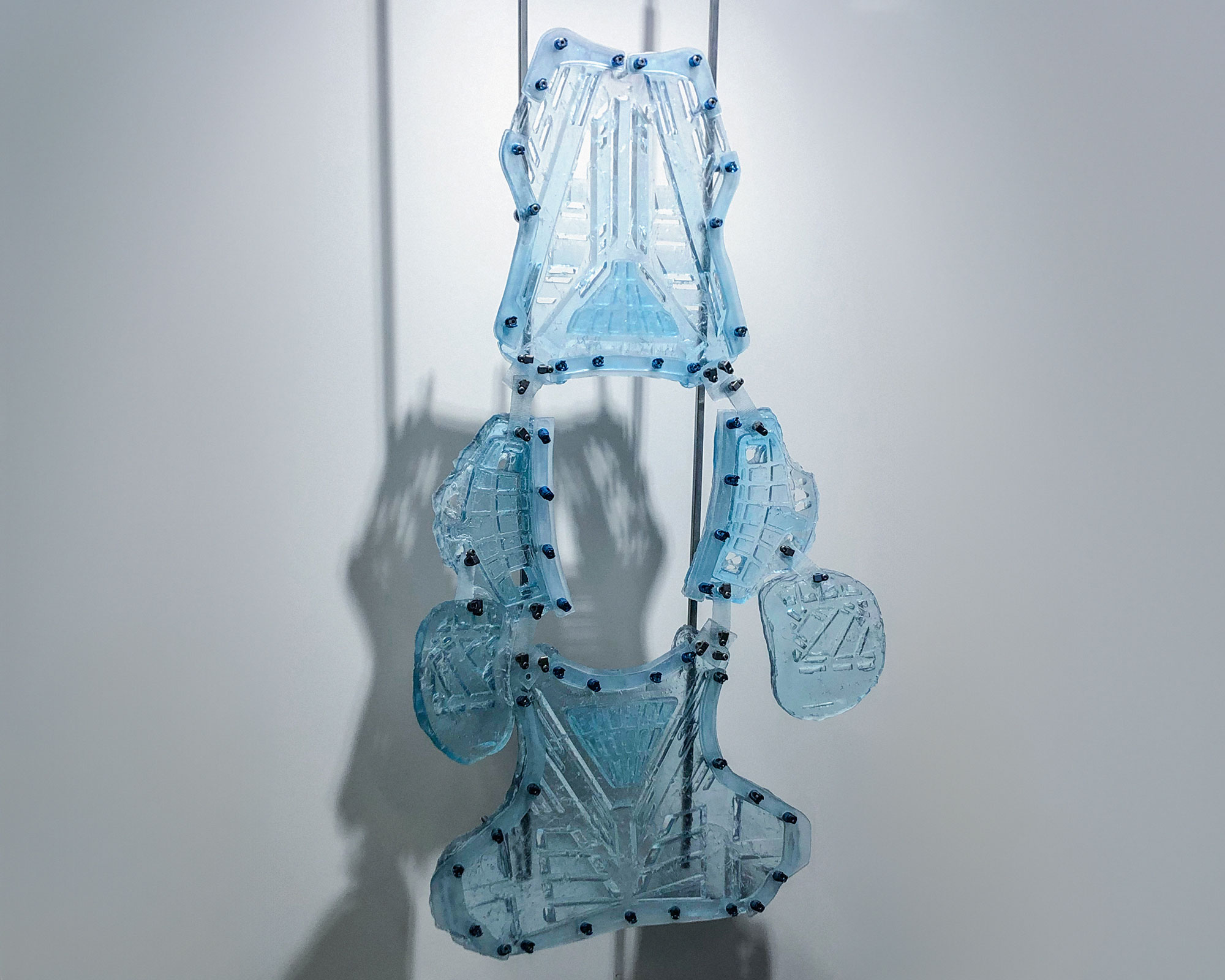
Constantin Hartenstein, born in Herzberg (former GDR) is an artist who works with sculpture, video, and performance. He explores how the human body is immersed in and altered by artificial environments and technological inventions. Divulging a vivid encounter with biological science and medical advancements is at the core of his research and production. His works question our voluntary dependencies on technology thus they discuss whether humans still use the machine as a tool to create, or whether the opposite is true. Here, machine processes and production cycles are embodied by repetitive patterns and hybrid materials. Taking on a queer perspective, Hartenstein aims to ignite a critical debate on new forms of post-digital normativity.
‘The sculptural piece Carapace appears like a translucent bionic shell or breastplate, colored by pigments of Hot Blood Blue Guarana 3.0, a pre-workout protein powder. Questioning the traditional masculine tropes and their performative nature of fulfilling an ideal, youthful, and strong phase in life, masculinity is posed as a state that must be substantiated in order to stay reinforced. Simultaneously critiquing the narcissistic phenomenon of the fitness industry’s self-optimization doctrines, the idea of beauty as an external quality is also thrown into question.’ — Rhea Dall, Ingar Dragset (‘It’s Just A Phase’, KUK Trondheim)
Photo: ©KUK Trondheim, installation view ‘It’s Just A Phase’, 2022
Zuza Banasińska is an artist from Poland who makes video-based environments. In her work, she hybridizes virtual and real elements beyond distinction which generates unfixed and non-hierarchical narratives and spaces.
The Hollywood studio system is a corporate machine of image production and circulation that travels across borders and engrains itself on foreign soil. In its essence, it is a world-making machine with almost limitless possibilities. Yet as its uttermost goal is capital itself, it tends to perpetuate and repeat similarly structured narratives.
Zuza Banasińska is interested in how this system, which effectively produces the real, can be overtaken in order to generate stories and spaces that are non-commodified and non-hierarchical.
‘The house that shadows built,’ her 3-channel video installation, forms a studio tour around a fictional film studio, guided by a green-screen character. She uses a chroma-key screen as a tool for image migration and a point of connection between, land, machine, body, and the virtual. Exploring the possibilities of what can be a ‘protagonist’, she dismantles seemingly fixed identities, both of the subject and their background.
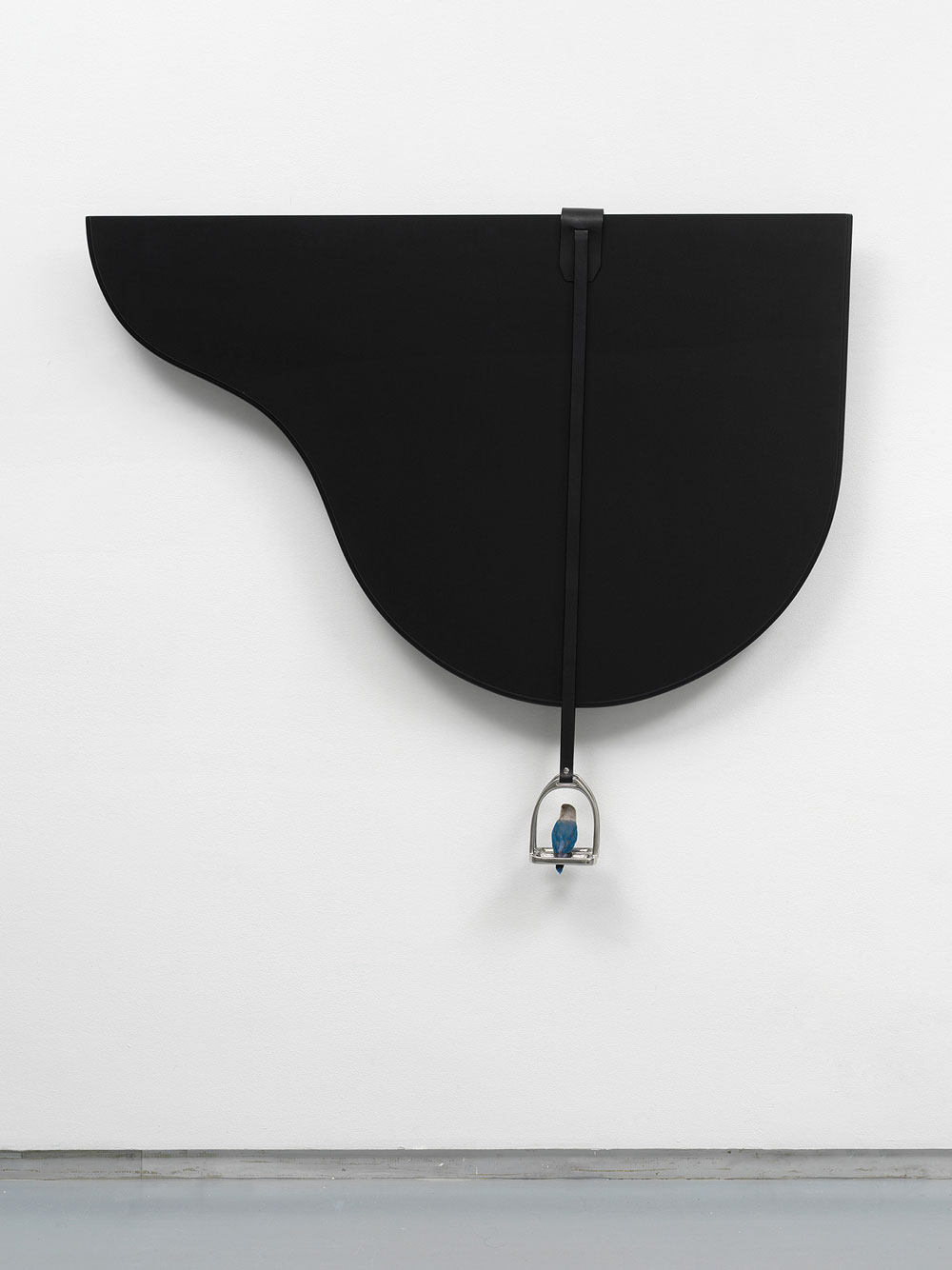
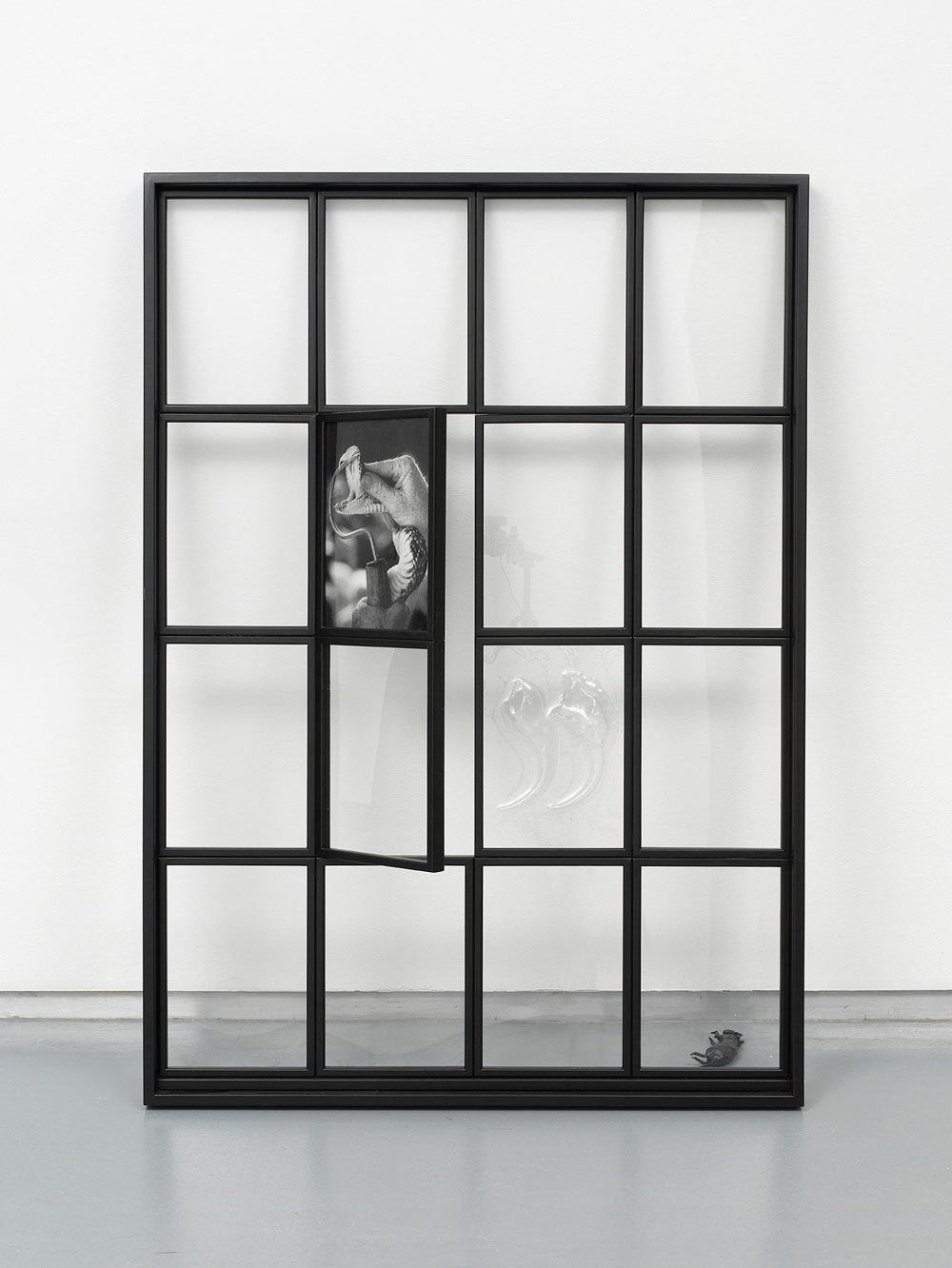
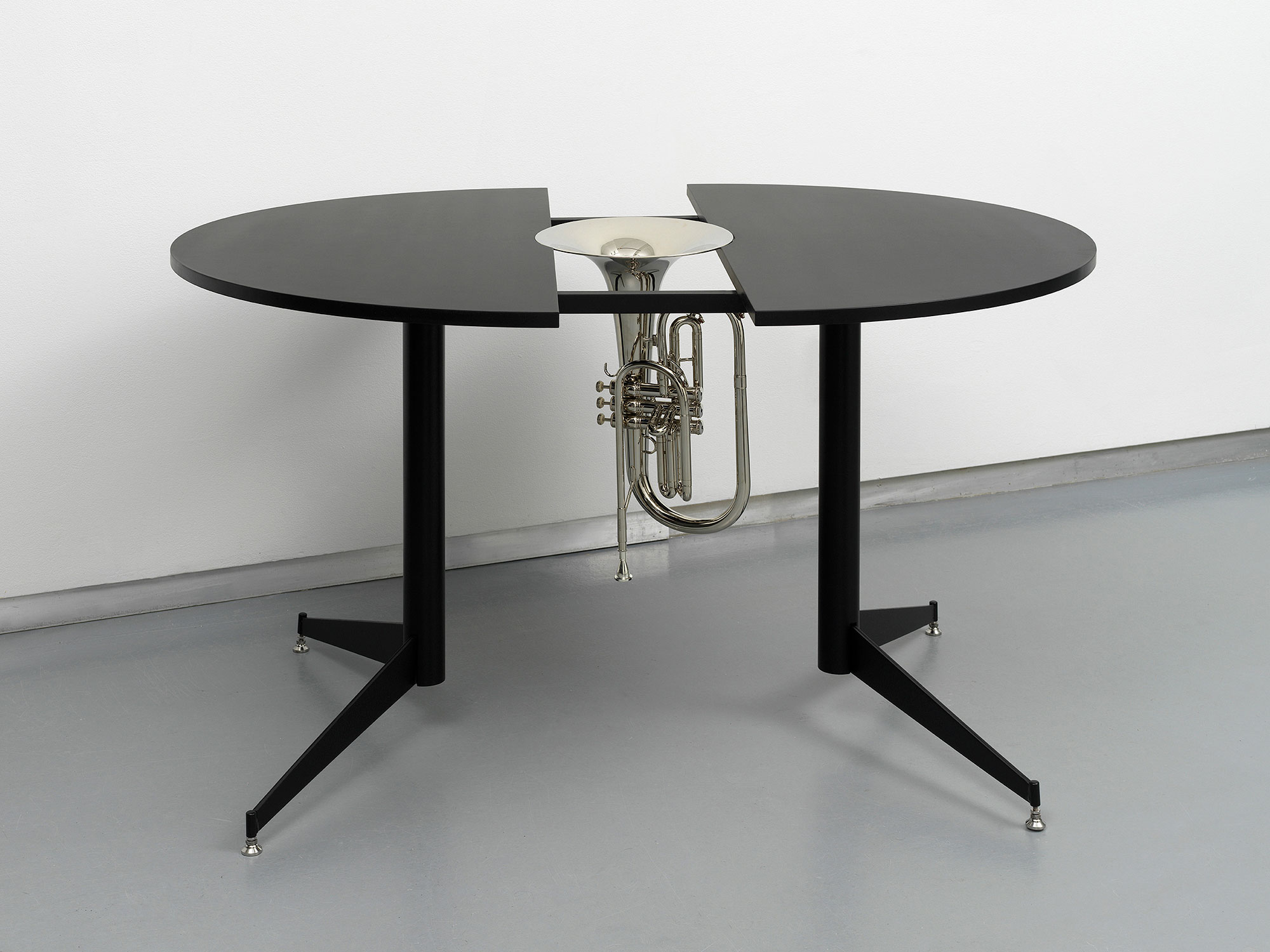
New York-based artist Christine Rebhuhn specializes in transforming everyday objects into thought-provoking art. Her work often includes photography to enhance the scale and perspective of her sculptures.
The philosophy of Object-Oriented Ontology (OOO) deeply influences her art. This philosophy challenges the human-centric view of existence, suggesting that objects have their own inherent value and impact. In today’s context, this raises questions about what objects can and can’t do, especially in a world facing environmental crises.
Rebhuhn’s sculptures captivate the viewer with their poetic misalignments and dissonant chords. They evoke a sense of ‘charisma,’ as described by Timothy Morton, one of the leaders in the OOO movement. Her art pieces create an emotional tension that resonates in the hyperreal age, making us question our relationship with the objects around us.
Her work often explores themes of absurdity and loss, as seen in pieces like ‘Prey To Some Beast,’ which features a photograph of a snake and a taxidermied rat. The exhibition’s title, ‘The Breeze Will Kill Me,’ is borrowed from a song by Kath Bloom and encapsulates Rebhuhn’s exploration of the temporal and the human condition.
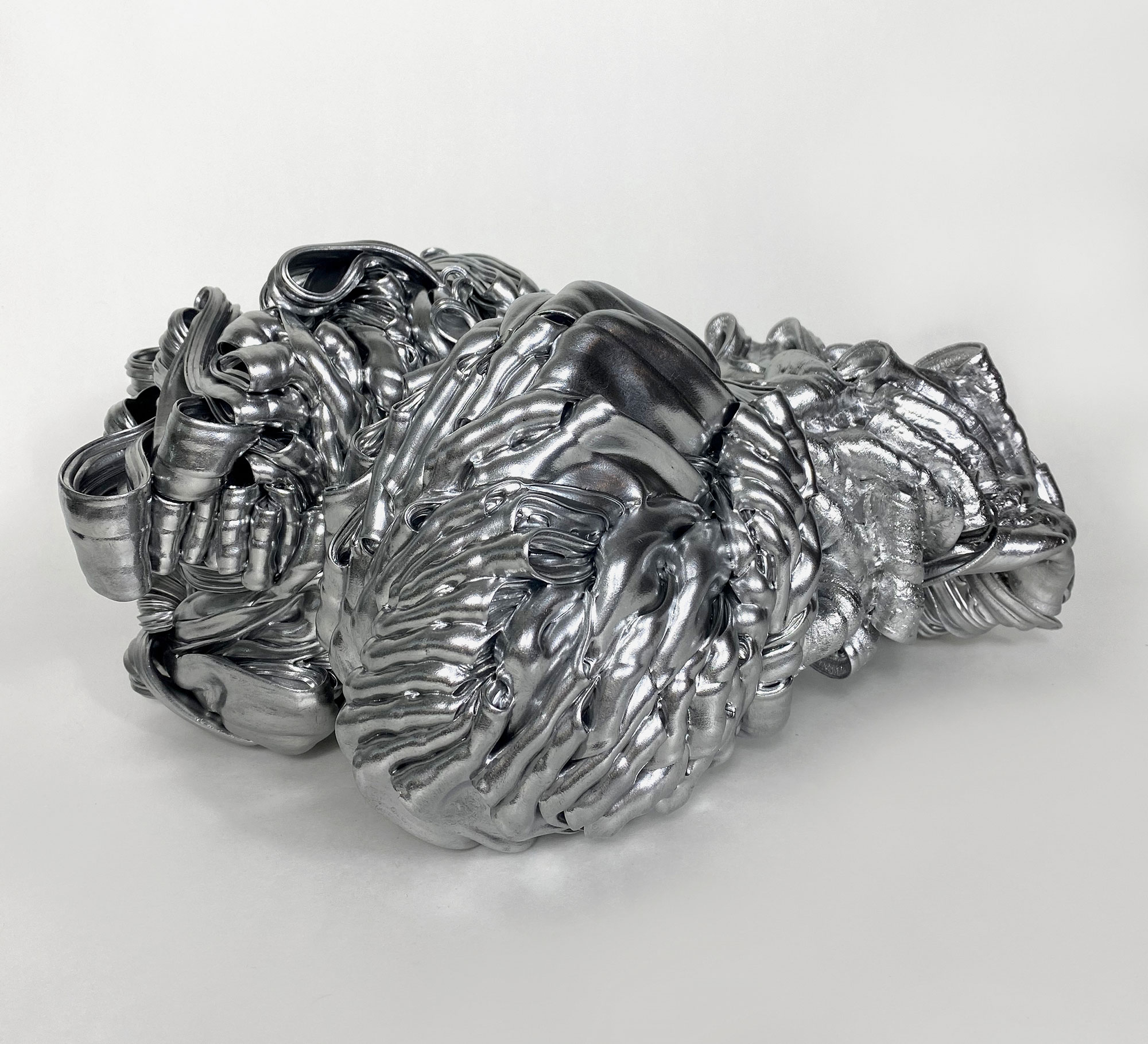
Based in Finland (Vaasa), artist Svetlana Bogatcheva investigates personal and collective transformation, the current course of humanity, versus a utopian future view. Working with sustainable post-industrial, post-consumer, and natural materials in various techniques and media, Bogatcheva portrays the crumbling of the old systems and proposes a new reality. Her works mainly include painting, collage, text, assemblage, installation, and sculpture characterized by materiality, dimensionality, and innovative self-developed techniques.
In her series Rebirth, Bogatcheva takes the viewer on a journey from prehistoric times, through the modern-day, with its great achievement and tragic catastrophes, into the future. The works utilize byproducts from the plastic extrusion industry, where the artist shapes and molds the sculptures into organic and alien-like forms using a heat gun that generates between 100 and 500 degrees Celsius. Simultaneously resembling fossilized remains of ancient bacteria, the first lifeforms thought to come into existence on Earth, crude oil spills, mineral deposits, and alien life forms.
The first works created in the series capture the primitive and raw quality of bitumen, a product of the decomposition of ancient plant and animal life that has been used by humans for more than 40000 years. Viscous and black bitumen and similar substances such as petroleum, crude oil, and asphalt have each played a key part. For example, in constructing the houses, ships, cities, and later industries that took us to the present day. But the destruction caused by excessive use of fossil fuels and overproduction of plastic has resulted in a major climate crisis.
Bright colors found in natural diversity set us apart from most other known planets that we are so fixated on visiting and even colonizing, representations of the life-giving sun, the rich soil, and its minerals. Vibrant greens and blues are colors inspired by Cyanobacteria, the first life on Earth to come out of the primordial soup whilst sculptures executed in mirrored chrome allow the viewer to dream of the future. These sculptures are totems of hope that the people in power will reverse the current path and rebuild a sustainable, diverse, fair, and kind society so that even our wildest futuristic fantasies could also be a reality.
‘This wave brought us artists, selected in collaboration with curator Daniela Grabosch & YYYYMMDD, that raise urgent and future-defining questions. Through every open call and exhibition, we virtually meet more and more artists who are fascinated by humanity’s side-by-side existence with machines. The habits that we have as a species as well as desires, fears, feelings, and abilities oppose the program’s soulless code. We need nature’s resources to continue developing our technology and ourselves.
Will nature and technology truly and intangibly become one? Why do we cherish man-made more than nature-made if we need both to survive?’
— 0→1

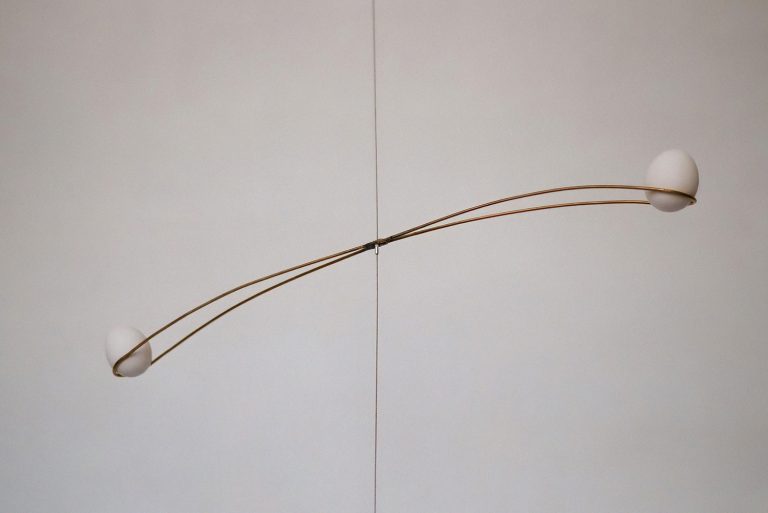
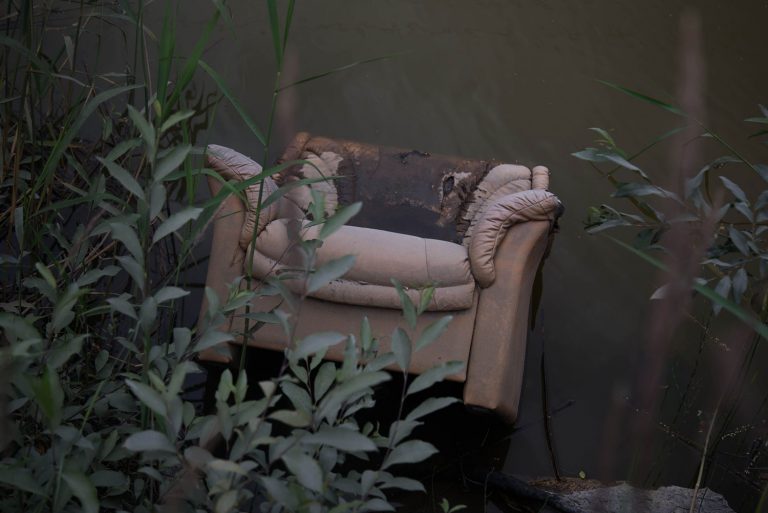
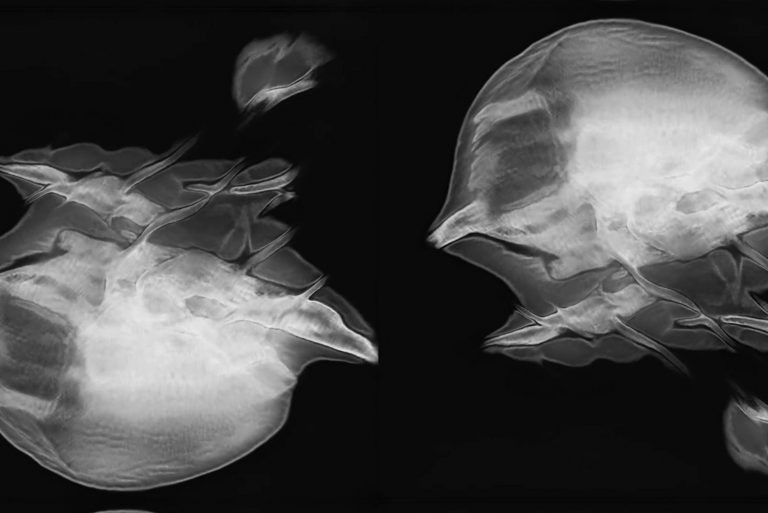
Independent Art & Design Gallery 0→1 © 2024
Stay in the loop with 0→1. Join our email list for the latest news, artist highlights, and first dibs on our exclusive collections. Dive into the art world with us — curated, simplified, and personal.
(We respect your inbox. Our updates are curated for value, and you can unsubscribe anytime. No spam, just art.)
We use cookies to improve your browsing experience; details in our Privacy Policy →